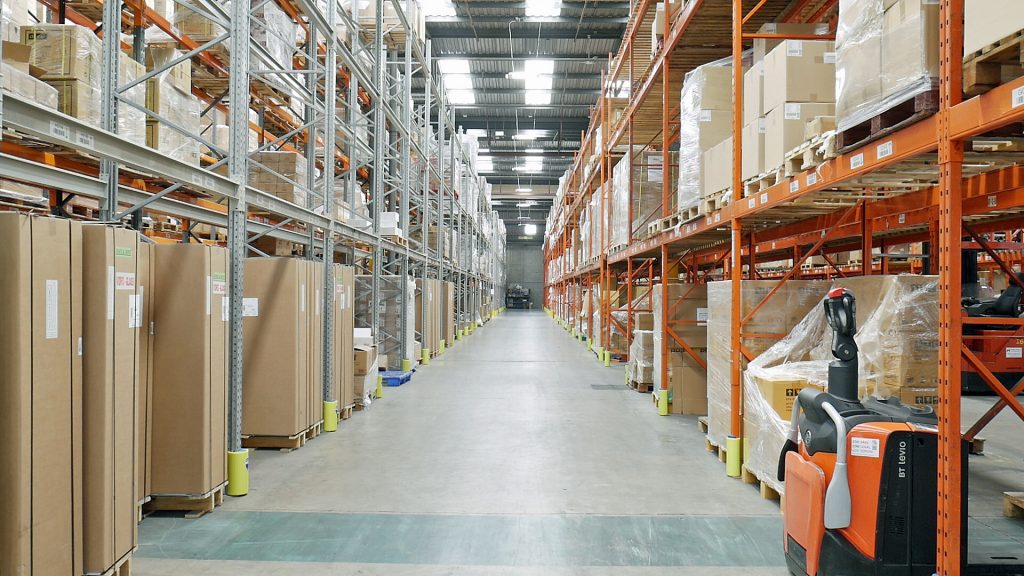Industry View: How to Adopt the ‘Triple A’ Approach
11th June 2020

Of all the unknowns surrounding Covid-19 one thing is certain, its effects and legacy have changed the way people work, live and play, says SnapFulfil UK & Europe CEO, Tony Dobson.
With traditional business models being turned upside down, brands like Heinz and Cadbury are capitalising on the e-commerce trend with a direct to consumer offer – and now restaurants are following suit with home delivery.
French brasserie chain, Côte, is the latest to diversify its offer and under the banner Côte At Home, they now deliver chilled bistro meals from their kitchens, plus an online butchery and fromagerie with a selection of wines and drinks. Demand has led to the business converting a recently acquired space into a refrigerated order fulfilment warehouse solely to cope with the volume of orders.
This clearly illustrates how it’s more critical than ever to consider the warehousing and logistics part of the supply chain – with digital technology central to tackling sudden challenges, satisfying more demand, staying competitive, plus managing labour efficiency and productivity.
The WMS is a crucial cog, so at SnapFulfil we’re adopting a ‘triple A’ approach centred on agility, adaptability and alignment – three core qualities any warehouse needs to learn, grow and succeed in a new world driven by fast moving e-commerce and ever shifting customer demands.
An advanced WMS gives your warehouse the agility it needs to forecast demand, employ temporary workers and meet peak season and even pandemic challenges head on. It also allows you to maintain more detailed insight into inventory levels, so you can provide customers with deeper order visibility throughout the fulfilment process.
You can streamline operations to make quick order fulfilment a reality, without sacrificing precision, and more easily identify areas for improvement. This in turn can help you delight your customers and keep them coming back.
From smarter inventory management and optimising your picking and packing processes, to the last mile of the customer experience, a WMS can ensure your warehouse serves as an asset in the quest to meet consumers’ ever increasing fulfilment desires – rather than a stumbling block.
Adaptability can apply to a wide range of areas within the warehouse, but it’s difficult to adjust without first understanding where your warehouse lags – so make sure to get your data in order before looking to meet today’s trends. It’s critical for gaining visibility into the numbers underlying your operations, whether that’s during replenishment, picking, shipping or returns.
You’ll additionally be able to make more educated decisions concerning which technologies or solutions – robots, extra staff, or additional locations – are worth investing in for the likes of reorganising stock location, speeding up packing and improving order accuracy.
A WMS will also help you reach the necessary level of efficiency quicker – and when you’re able to scale it will be ready to meet your new demands. Bigger businesses often try to match Amazon and its continuous roll out of innovations, but you can adapt your operations with more cost effective and appropriate technology to become a leader in your own space and keep ahead of the curve.
Real time data is also key when evaluating efficiencies throughout the business, so with deeper visibility into company processes, individual performance and team benchmarks, you can ensure the warehouse is fully in alignment with both company and customer expectations.
Goals and objectives can be better tailored to specific operations than ever before, plus the drilled down and universally accessible data provided by a WMS helps strengthen relationships with internal departments and create a truly synergistic environment – which in turn means the organisation as a whole can better address problem areas and adjust operations to compensate.
Customer alignment is imperative too and WMS software helps determine which products are selling when and where, so businesses have the data they need to adjust inventory levels and priorities accordingly.
Additionally, this heightened visibility accurately pinpoints consumer buying habits and helps prepare for unexpected sales spikes, as well as granting much quicker intake of returns and a better understanding of why a product was sent back.

